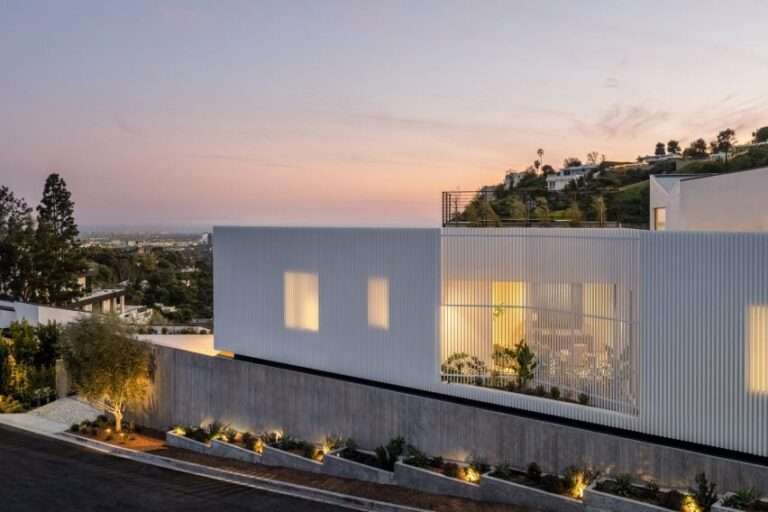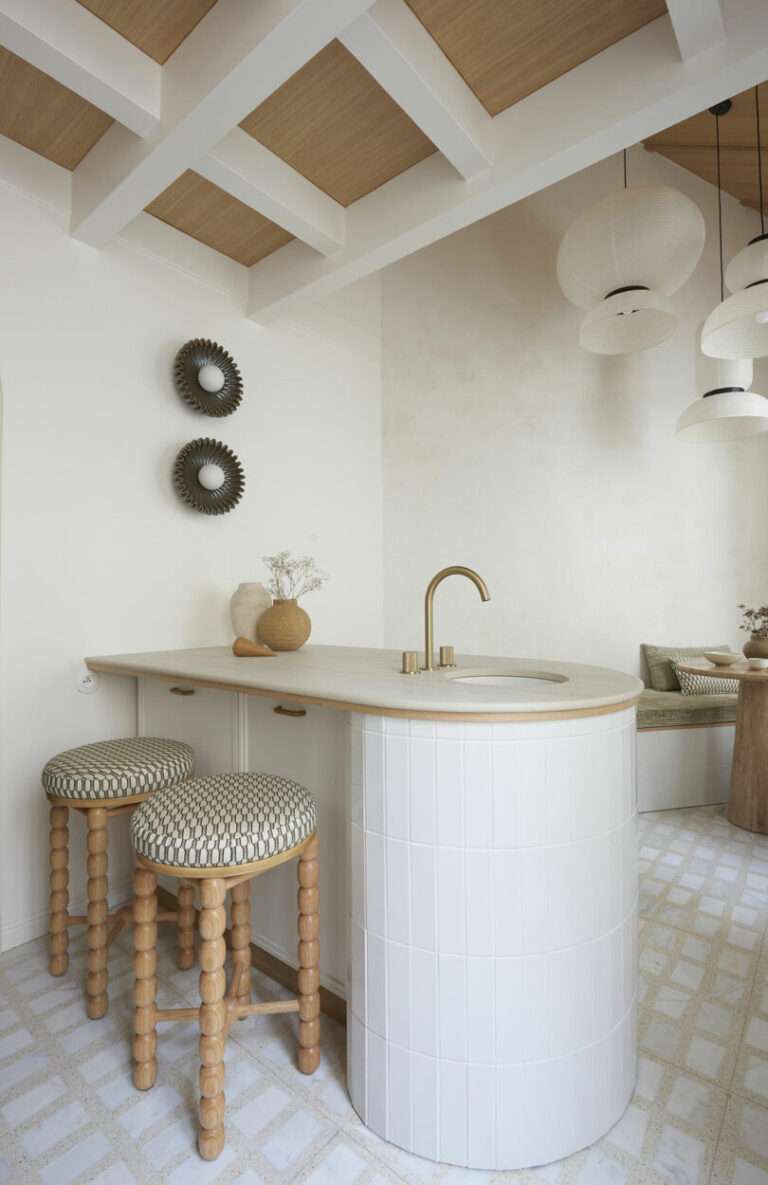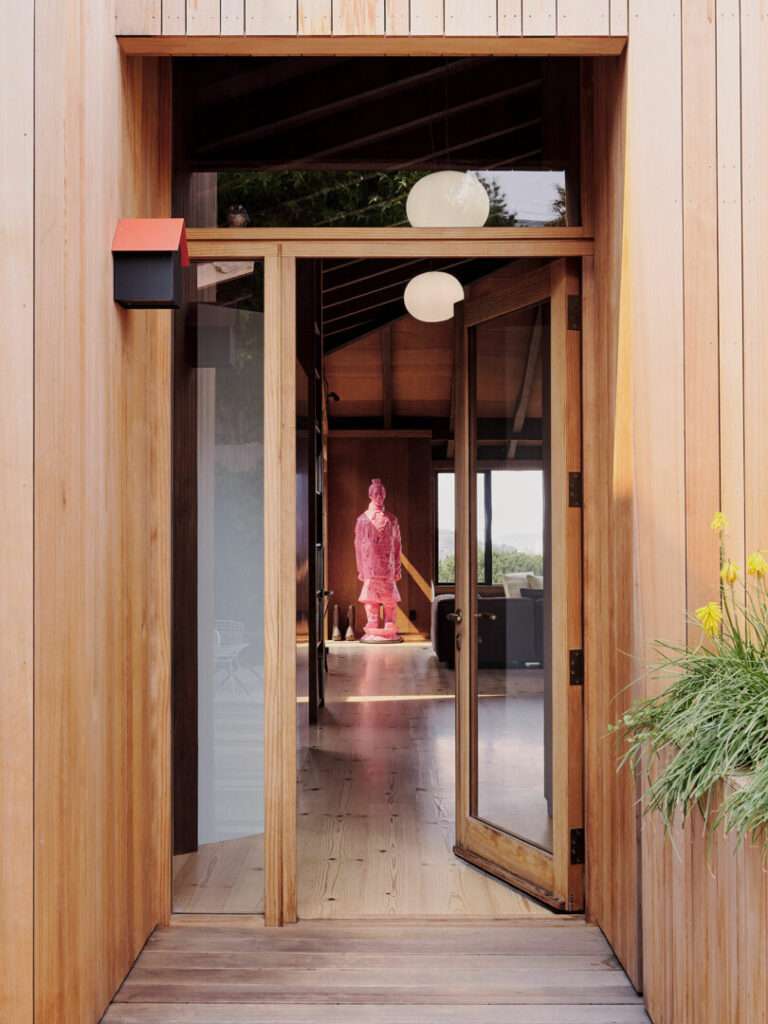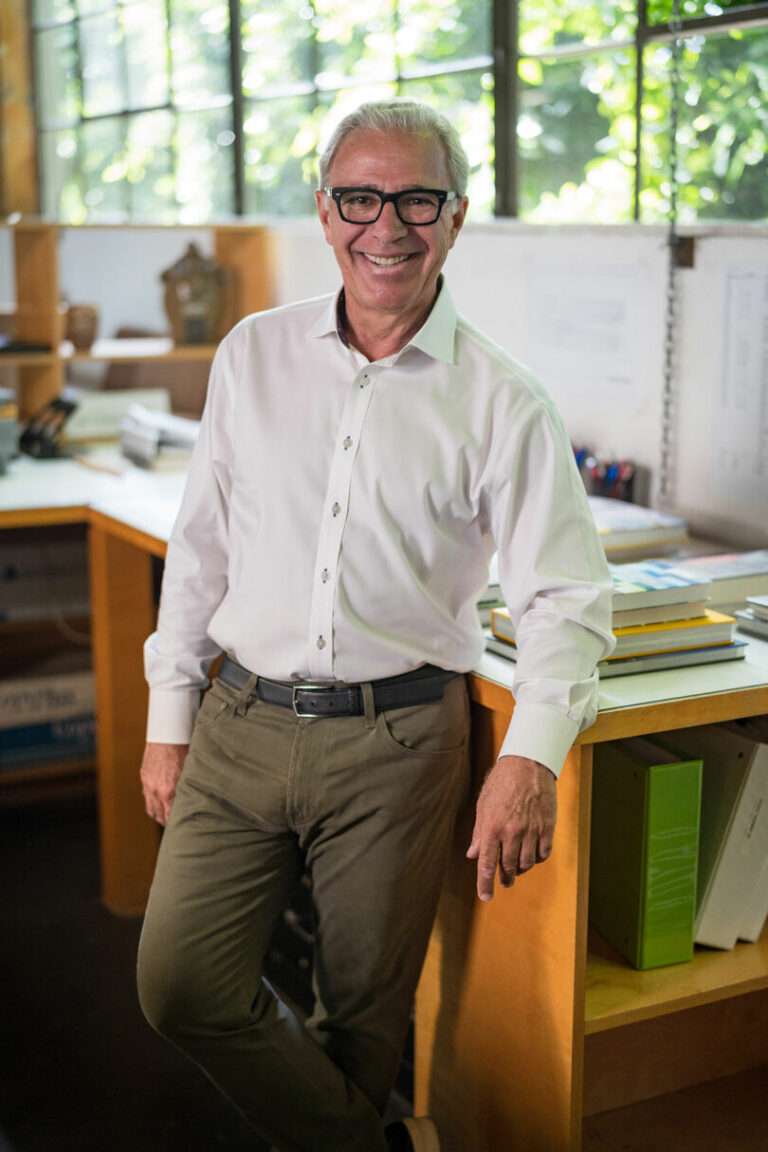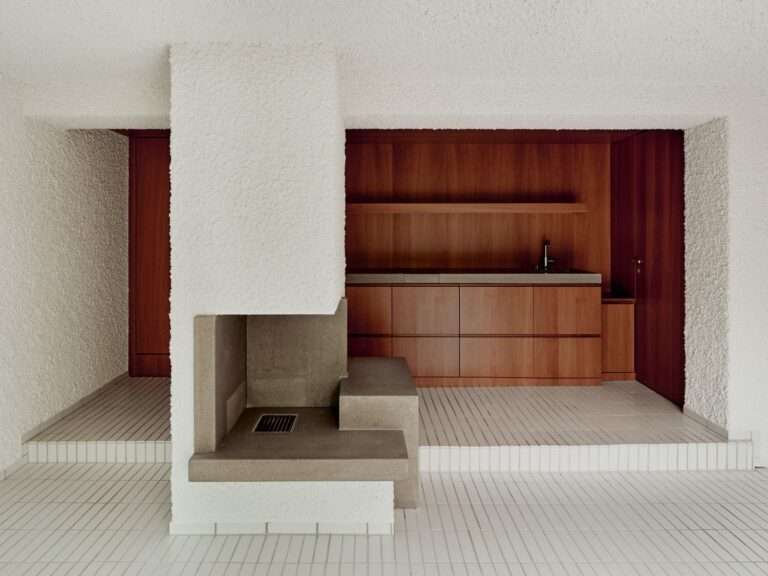The Second Studio Podcast: Overcoming the Challenges of Remodels
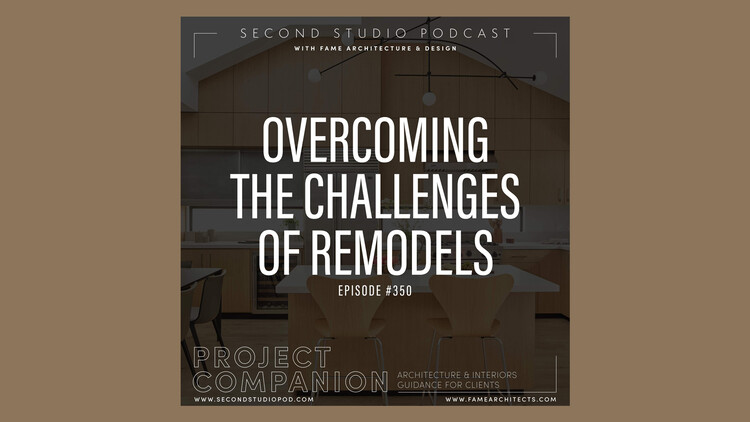
The Second Studio (formerly The Midnight Charette) is an explicit podcast about design, architecture, and the everyday. Hosted by Architects David Lee and Marina Bourderonnet, it features different creative professionals in unscripted conversations that allow for thoughtful takes and personal discussions.
A variety of subjects are covered with honesty and humor: some episodes are interviews, while others are tips for fellow designers, reviews of buildings and other projects, or casual explorations of everyday life and design. The Second Studio is also available on iTunes, Spotify, and YouTube.
This week David and Marina of FAME Architecture & Design discuss the unique challenges of residential remodels and how they solve them. The two cover project scope and vision, design analysis, three different types of remodel projects and how they should be approached, predicting and planning for construction surprises, having an adaptable mindset, the most common challenge clients face (scope creep), and more.
Related Article
The Second Studio Podcast: The Livability of Designer Homes

Highlights and Timestamps
02:06) Defining project scope and vision.
There’s a very important distinction between scope and vision. A lot of times,clients confuse those two things. Another way to think about it is the ‘what’ versus the ‘why.’ Every client has a list of what they want. ‘I want X, Y, Z, etc. in my house.’ But often, what’s missing is the ‘why.’ What is the larger purpose of this remodel? What do you want the new house to give you in the end? […] As architects, we have to know both the scope and the vision to see how they’re misaligned and what gaps exist. It’s our job to say, ‘Okay, if you really want this vision, the scope has to change.’ Sometimes it’s, ‘You have to increase the scope,’ and the other half of the time it’s ‘You should actually consider decreasing the scope. You don’t need these things to achieve the vision.’
(09:28) Why remodels are more challenging than new construction
In a remodel, […] none of us—the architect, the contractor, or you the client—none of us know precisely and with full certainty what is inside of that existing structure. […] It is like surgery. You can do as much planning, x-rays, discussion, and doctor exams to plan for the day of, but once they start opening you up, they’re going see things that they didn’t see before or they couldn’t see with the tools that they had, and things are going have to change depending on what’s inside.
(12:20) Unveiling hidden potential
(16:23) The three types of remodels
(26:48) Designing with options and contingencies
(34:00) When design constraints are catalysts
Very specific moves can make the home feel completely different and you don’t need to blow it up completely to do something interesting. The desire to be efficient and more surgical also comes from a place of just not wanting to be wasteful. […] Construction is frankly an extremely wasteful practice. A lot of times there’s a huge amount of material waste that occurs […] so I think as a profession, it makes sense for us to try and be efficient with the resources we have.
(44:58) Being adaptable during construction
Remodels require more problem solving skills than new construction and it’s important for clients to find an architect/designer who does remodel work because it almost requires a different personality, and a different interest, to take on the challenges that come with remodels. […] A remodel is really like solving a Rubik’s cube that changes its pattern as you’re trying to solve it.
Check out The Second Studio Podcast’s previous editions.
